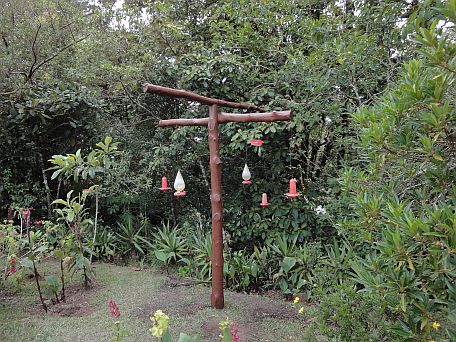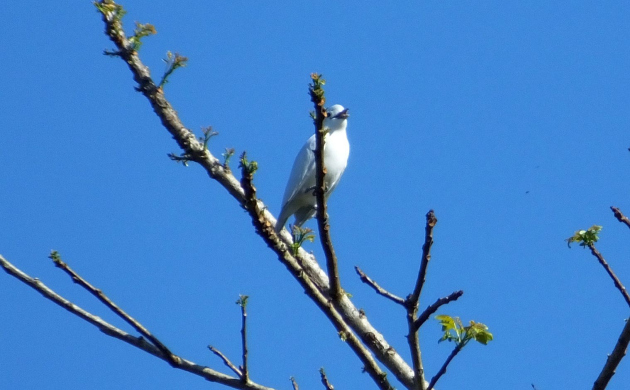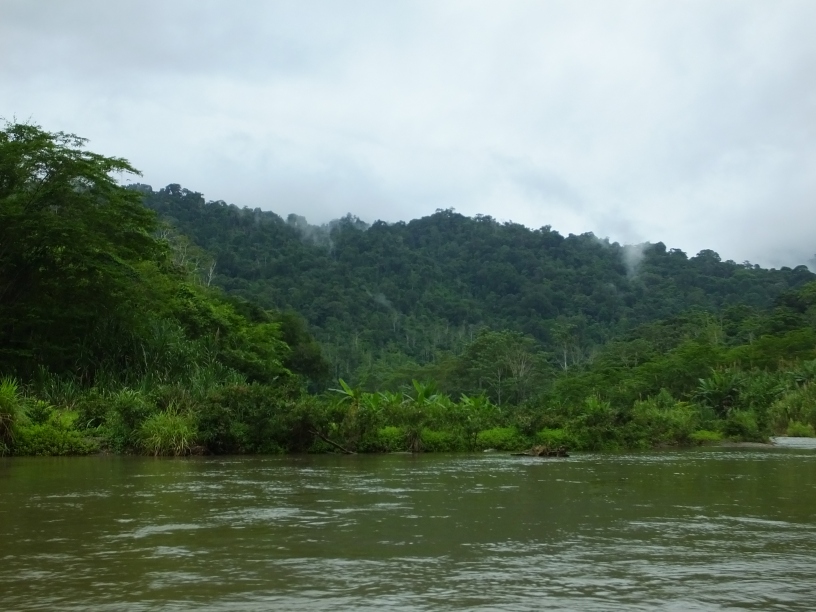Today is December 31st, tomorrow is a brand new year. On the birding side of life, if you keep a year list, tonight is your final chance for new year birds. If you need owls and nightjars for 2021, you could make one final run, see if you can spotlight one last bird or two. If not, then you might as well celebrate one more trip around the sun, one more year of birding. I suggest a libation of your choice, high quality chocolate, and some excellent cheese (not necessarily in order and you can of course switch up those options for your preferred nibbling delights).
As the sun sets, I could still look for a few more birds. I know at least two species are within striking distance, maybe even 3 more species for 2021. But I’m not doing it. Having already set my year goals, unless I hear the call of a Barn Owl before midnight or catch an auditory wiff of a Tropical Screech-Owl at the last minute, those two won’t make it onto my year list. I’m totally fine with that because my birding strategies for a final push in December paid off; I am ending 2021 with 704 species for Costa Rica.

Surpassing 700 species in a year of birding in Costa Rica isn’t easy, especially if you have other things you need to do, but if you know where to see birds in Costa Rica, have a good birding app for Costa Rica, and faithfully execute your birding plans, the goal is feasible. According to eBird, several other birders identified more than my 704 species! I guess I’m not surprised because I did miss several birds that I typically hear or see, often on more than one occasion over the coure of 12 months.
The fact that several birders saw or heard more than 700 species in a year shows how many birds are waiting in this incredible, birdy country. They also show the extent to which local birding knowledge has improved. EBird plays a big role but as with any place, the biggest thanks goes to local birders who spend the time in the field needed to broaden our understanding of bird distribution.
In November, thanks to the efforts of various local birders and folks whom I guided, my year list was close enough to 700 try and reach that goal in December. These are some of the places I visited to make that happen:
Cano Negro
The distinct birding aspects of Cano Negro paid off with 10 new year birds. These were species nearly impossible or tough to see elsewhere like Spot-breasted Wren, Nicaraguan Grackle, Yellow-bellied Tyarnnulet, Bare-crowned Antbird, and various others. I still missed some birds that I usually see in that rich mosaic of wetlands and rainforest but participating in the annual bird count still gave me a much needed push to reach 700.
A Few More Birds in Sarapiqui
There weren’t too many new birds waiting for me in the Caribbean lowlands but I still managed to add three year birds. These were a sweet Rufescent Tiger-Heron, a surprise Keel-billed Motmot, and overdue Hook-billed Kite.

Exploring the Poas Area
I end the year lacking a few key cloud forest birds but exploring the Poas area for future birding prospects was still worth it. My main reward was finding a rare for Costa Rica Black-and-White Becard. Seeing it while hearing the songs of a distant quetzal gives me hope that the same spot also harbors additional choice species.
Chasing Geese in Guanacaste
I ended up going to northern Costa Rica twice and I’m glad I did! I saw the mega Greater White-fronted Geese that edged up the official Costa Rica list by one more bird, the cooperative mega Lark Sparrow, and seven other year birds, These included a Spotted Rail giving its low pitched “drumming” calls, Soras flushing in a rice field as it was being harvested, strolling Limpkins that filled the marsh air with their odd vocalizations, their Snail Kite counterparts, and a bird I rarely get to see, Fulvous Whistling-Duck.
Southern Costa Rica
Most of all, a final trip to southern Costa Rica by way of Cerro de la Muerte gave me the birds needed to meet my goal. We took the mountain route so we could successfully stop for Grass Wren near Cartago, make a brief look for Silvery-throated Jays on the Providencia Road, stop in Bosque Tolomuco to pick up a hummingbird or two, and then check for Rosy Thrush-Tanager in the General Valley.
To make a story of a long day short, we saw the wren in all its pallid unobtrusive glory right away, saw quetzals and other birds but not the jay (and also met world birding couple Ross and Melissa Gallardy), spotted White-tailed Emerald at birdy, friendly Tolomuco, and had no sign of the thrush-tanager at one of its main sites (that’s not really a surprise).

It was only two new birds in the mountains but when the year list comes down to the wire, every bird counts! Even so, it was more in the southern lowlands where most of my birding chances waited. It was in the rainforests and edge habitats where some common, expected species waited along with odd chances at various rare ones. Our birding began in Ciudad Neily where local birders had a key Savanna Hawk waiting for us in the scope!
We also had wonderful looks at most other specialty species from that site but since we had already seen them earlier in the year, our focus stayed on potential year birds like Red-rumped Woodpecker, Yellow-breasted Chat, Masked Duck, and a few others. The woodpecker showed very well on more than one occasion, the chat skulked but called and was briefly seen, and the duck just had too many places to hide.

Over in and near Rincon de Osa, we did well with adding some of the common birds as well as getting distant looks at less common species like Tiny Hawk (!), Turquoise Cotinga (many thanks to Ross Gallardy for spotting a distant male and being generous with his scope), and Yellow-billed Cotinga. The expected Marbled Wood-Quails didn’t call nor did Baird’s Trogon or some other species but by December 28th, I got my 700th bird (which may have been one of the cotingas) and the next day, I added a few more.
The drive back was a long one but at least it gave us a chance to have lunch at PizzaTime in Uvita. Serious NYC style bagels and excellent pizza (and I kid you not, I appreciate good pizza so much, I usually make my own), it’s probably a good I don’t live closer to this tasty spot!
One more year down, another one starts tomorrow. I’ll keep a year list but I won’t try for 700. I’m not sure where my Costa Rica birding will take me but I hope you visit, I hope to see you here in this place of quetzals, mountain-gems, and more.














